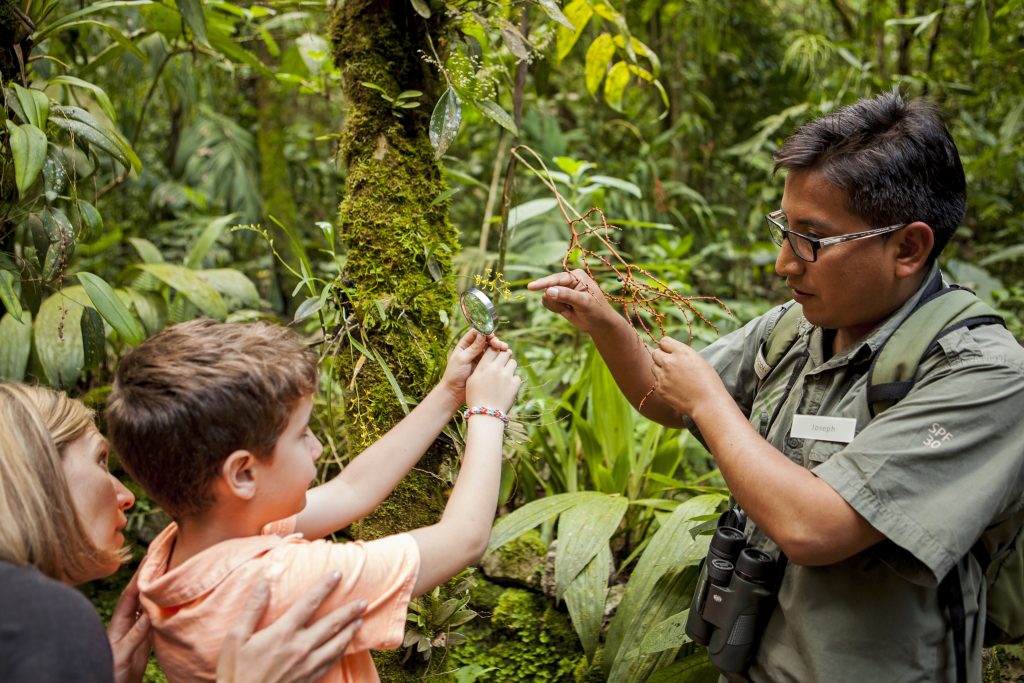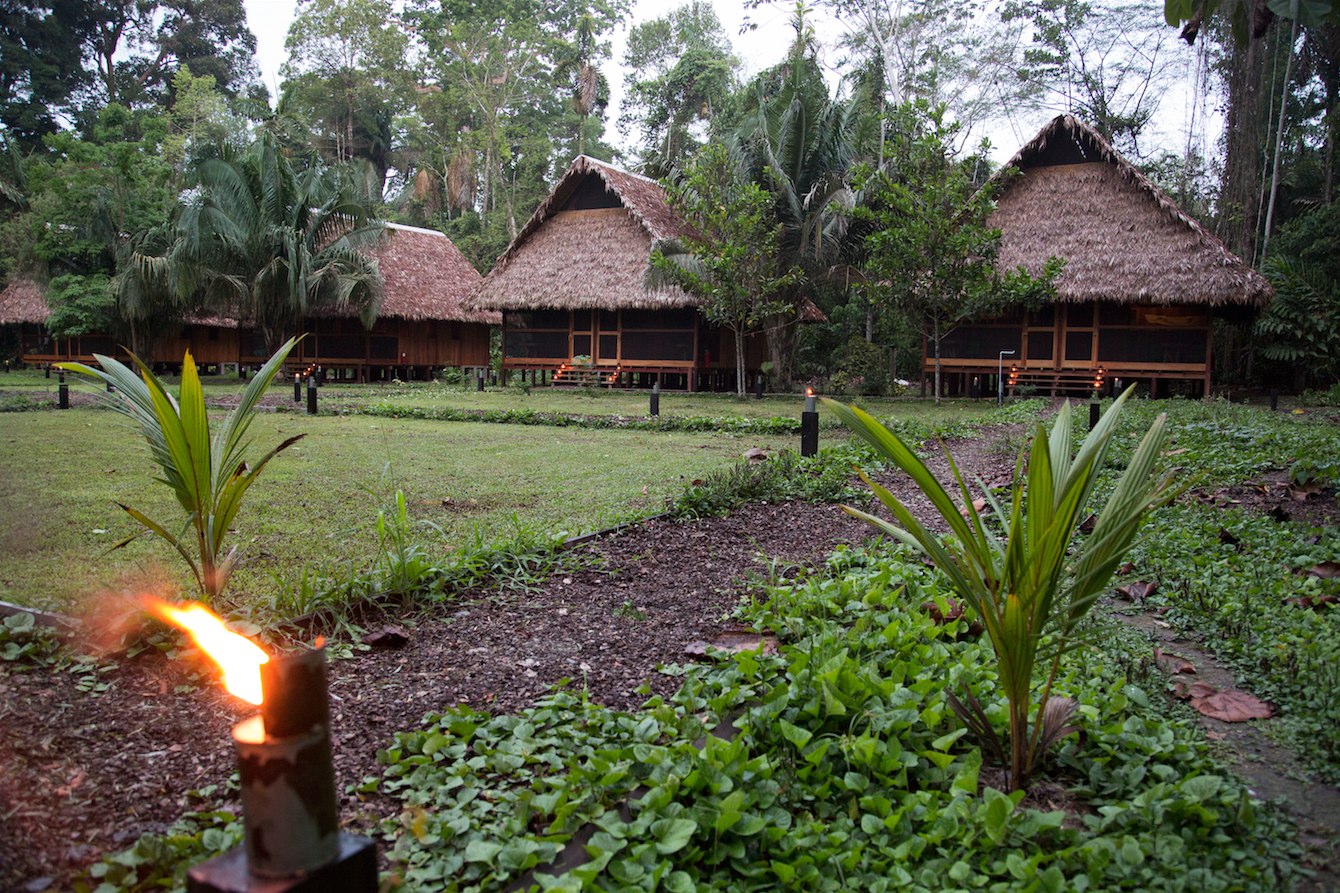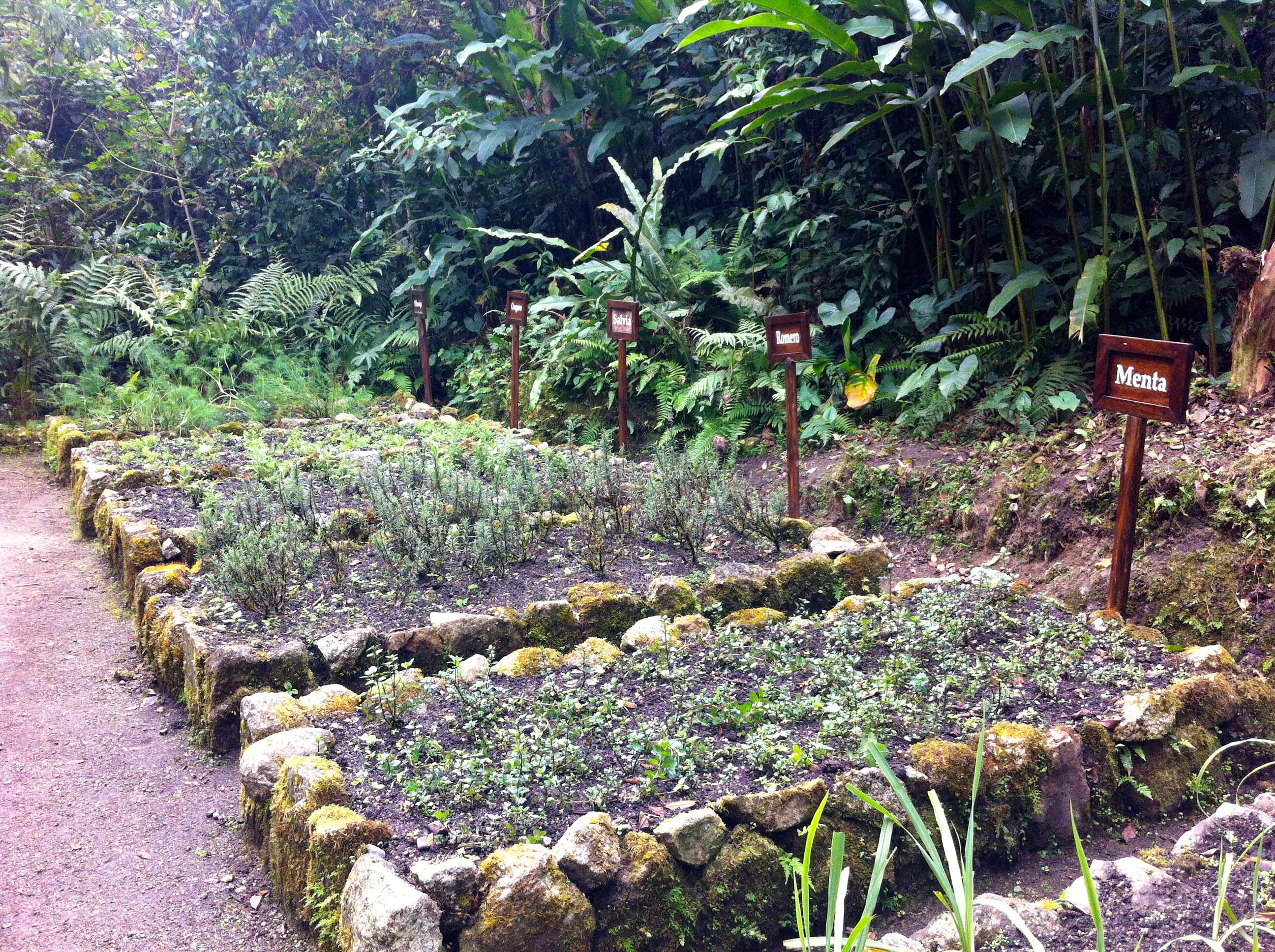09/03/2018
Deep in the heart of the Amazon rainforest of Southern Peru – where trees tower, vines tangle and insects thrive – plants have long been cultivated for their medicinal qualities. Now, at Inkaterra Guides Field Station, our Bio-Orchard is used to research a range of plants known for their medicinal qualities, keeping alive ancestral knowledge and educating the next generation of eco-conscious travellers. From vegetables to aromatic herbs and tropical fruits, here are four of our favourites:

The Jergon Sacha (Dracontium loretense) is a herbaceous plant that can grow up to two metres tall, and has multipartite leaves. The plant produces a vibrant fruit, usually orange and yellow in colour. The corms – or bulbo tubers – are an underground stem which, when cooked and eaten, has been known to have medicinal properties. The plant has been used to treat ailments such as heart palpitations, snake bites, tumours and skin worms. Drinking boiled corm water has also been known to boost the immune system.

Looking rather like giant cane, the Caña Caña Verde (Costus sp.) can grow up to 1.5 meters tall, and sports hairless, spiral-shaped leaves. Whilst the tender steams can be chewed to provide a food source, the juice of the crushed steams is used medicinally, treating liver problems, conjunctivitis and flu.

Growing in the Amazon Basin, the Argo Sasha (Hamelia axillaris) is a shrub-like plant found in lowland gardens and orchards. With thin stems and fine, slightly elliptic leaves, the shrub produces bell-shaped yellow flowers. By mixing the crushed leaves with lemon, Argo Sacha acts as an analgesic for the pharynx & pruritus (severe itching) whilst also being anti-inflammatory. Additionally, it helps repair wounds by extracting and crushing the seeds of the fruit, before mixing with lemon and forming into a paste.

Many who hear ‘Ayahuasca’ may think of the sacred brew that has been used ritually among indigenous groups in the Amazon for centuries. The brew, which is known for its powerful hallucinogenic properties, is made from the steam of the Ayahuasca vine (Banisteriopsis caapi), or in Quechua, ‘the vine of the ancestors’. However, the large climbing liana – which is characterised with fine grey or brown branches and simple leaves – produces a yellow flower and oblong fruit, is also used as a local anaesthetic. It is also believed to alleviate the symptoms of Parkinson’s Disease, through drinking the liquid from cooked stems and leaves.

Aiming to regenerate the use of sustainable agroforestry (such as drip irrigation for efficient water consumption), the Bio-Orchard educates on the sowing and harvesting of vegetables, aromatic herbs and tropical fruits; the use of organic fertilisers and natural pesticides; and the making of organic compost.
For further information on Inkaterra, please click here.
